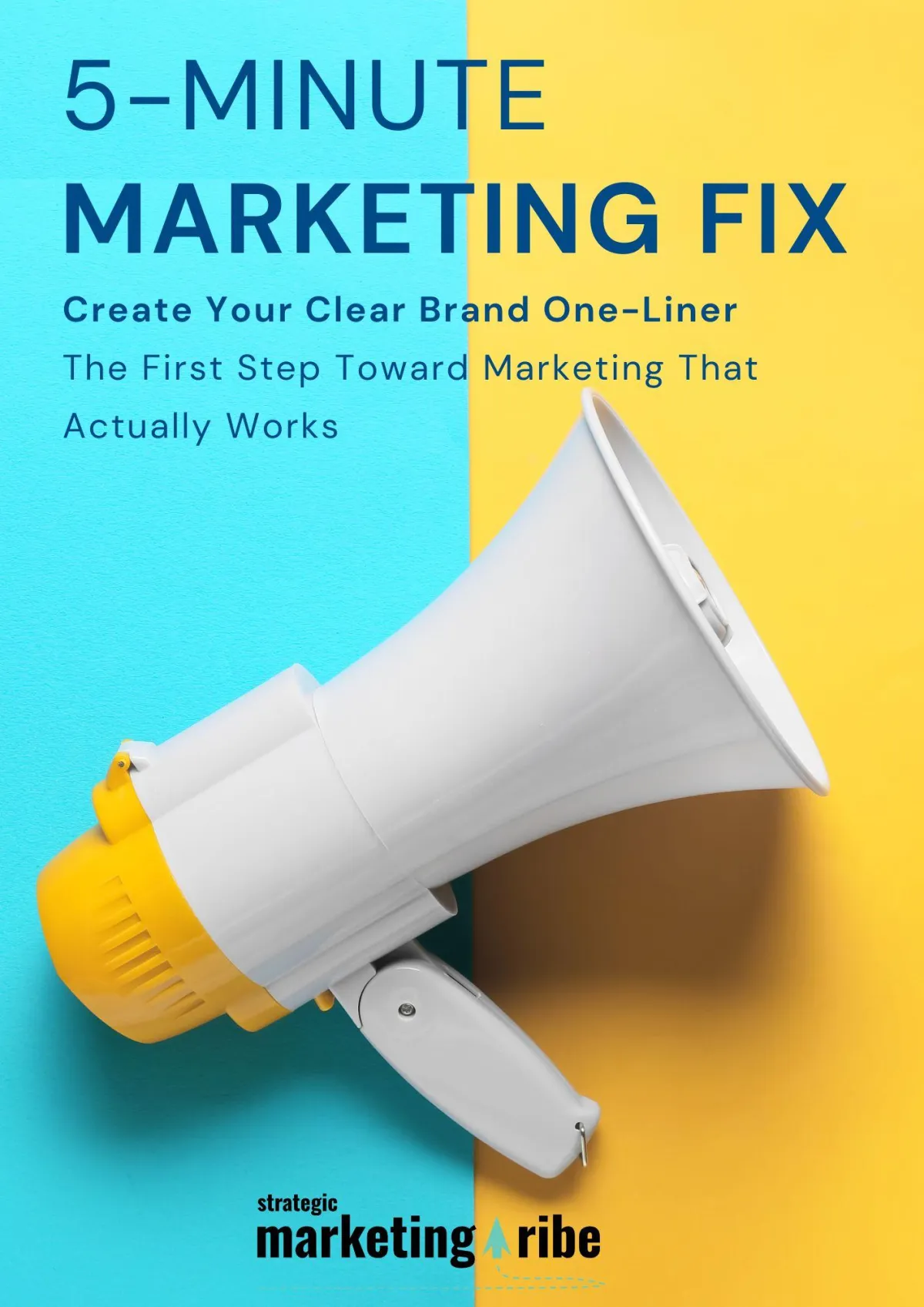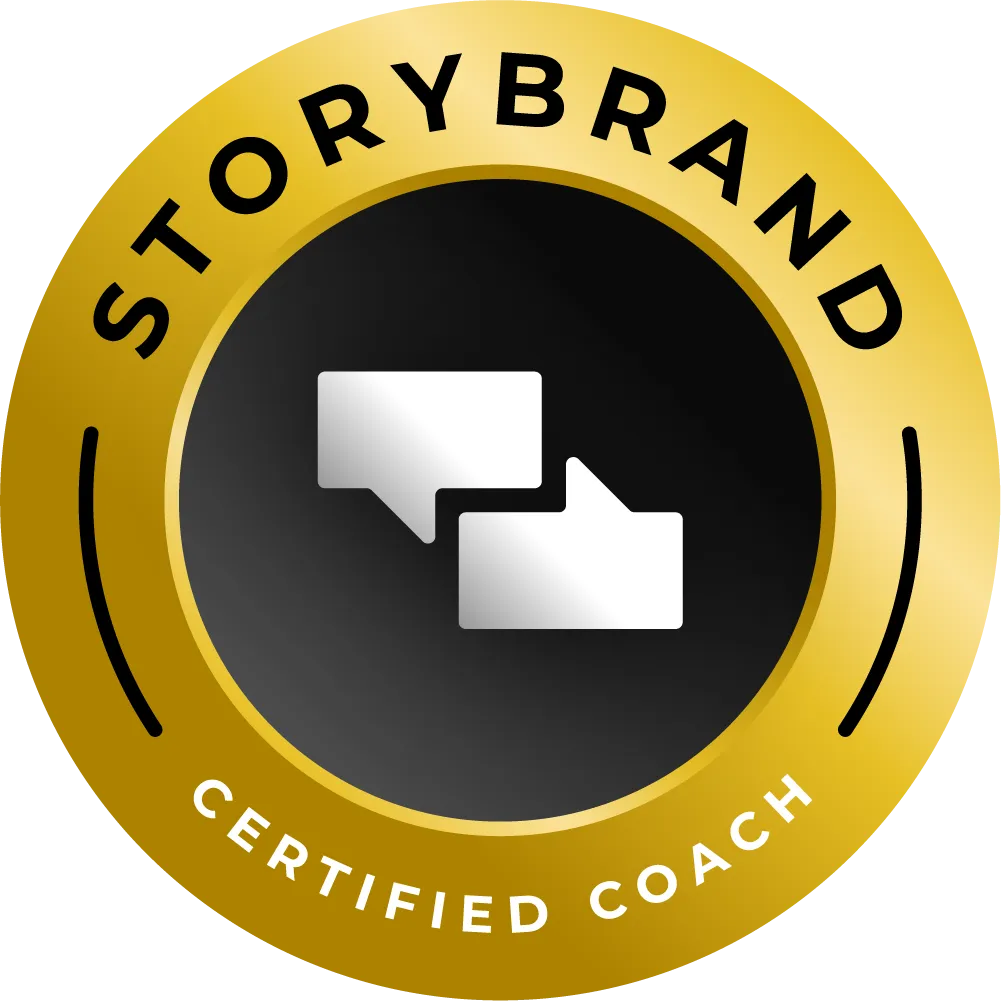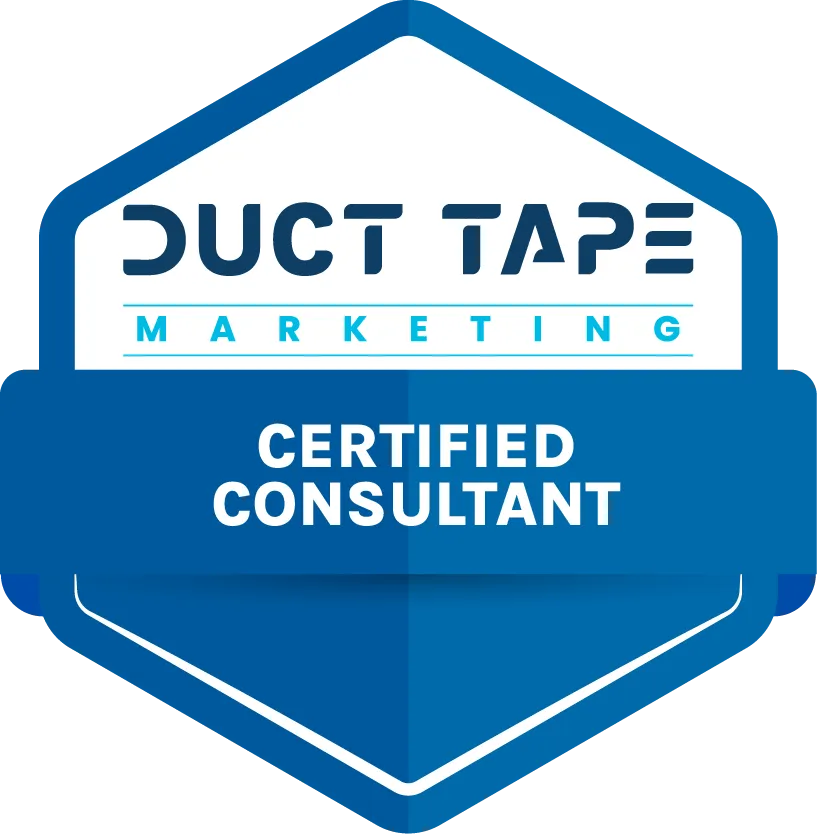STORY, MEET STRATEGY
Let’s make marketing feel less robotic and more real.
Find resources that bring your message—and your business—to life.

OpenAI’s Billion-Dollar Loop: Is the AI Boom a Bubble?
By Vicky Sidler | Published 30 October 2025 at 12:00 GMT+2
If you’ve ever wondered how ChatGPT keeps getting smarter while your laptop still freezes on a spreadsheet, the answer is a global web of cash, chips, and contracts so tangled it makes your tax return look simple.
According to Visual Capitalist’s Made Visual Daily, OpenAI’s empire runs on a closed loop of money and hardware that circles between a few trillion-dollar players—Microsoft, Nvidia, TSMC, and Oracle. Together, they fuel the machines that train the AI models we now casually ask to summarise our emails.
TL;DR:
OpenAI’s success relies on a tight circle of corporate partners, led by Microsoft and Nvidia
The AI sector’s funding and hardware supply are so interlinked they may form a bubble
GPU chips are now a global commodity—and even collateral for loans
👉 Need help getting your message right? Download the 5-Minute Marketing Fix
Table of Contents:
OpenAI’s Billion-Dollar Loop: Is the AI Boom a Bubble?
The Hidden Machinery Behind ChatGPT:
What This Means for Small Businesses:
FAQs on OpenAI’s Billion-Dollar Loop and the AI Bubble
1. What does “closed-loop capital” mean in the context of OpenAI?
2. Why are GPUs so important to AI companies?
3. How could this “AI bubble” affect small business owners?
4. Is there a real risk of an AI crash similar to the dot-com bubble?
5. Why are AI chips being used as loan collateral?
6. How can small business owners protect themselves from AI market volatility?
7. Is AI adoption still worth it for small businesses?
8. What should I do before investing in AI tools or subscriptions?
The Hidden Machinery Behind ChatGPT:
Behind every chatbot answer sits an industrial network of chip designers, cloud providers, and data warehouses. Nvidia designs the chips. TSMC fabricates them in Taiwan. They’re assembled by Foxconn, built into servers by Supermicro, and shipped to cloud providers like Microsoft Azure and CoreWeave.
It’s a process so intricate that one hiccup in a supply chain or policy decision can ripple through the global economy. The U.S. is already restricting exports of these chips to China, while others are rushing to build local alternatives. Demand has grown so intense that some startups literally use GPUs as collateral for loans. Yes—computer chips are now bankable assets.
When Money Chases Itself:
The real plot twist comes when you trace where the money goes. Microsoft has invested over $13 billion in OpenAI. OpenAI then buys compute power from Microsoft’s Azure platform. Azure, in turn, runs on Nvidia chips, which Microsoft helps to purchase through bulk contracts. CoreWeave joins in by renting Nvidia hardware back to other AI companies, using private investors’ money to do it.
It’s the corporate version of passing the same R200 note around the dinner table and calling everyone rich.
This circular financing—what some analysts are calling a “closed loop”—makes the system fragile. If demand slows or investors lose confidence, the whole chain could seize up. It’s reminiscent of the dot-com era when enthusiasm and venture cash outpaced long-term value.
What This Means for Small Businesses:
You might be wondering why any of this matters if you’re not sitting on a data centre. Here’s why.
Tech bubbles shape the tools and platforms you use. If this AI ecosystem stumbles, smaller companies depending on its software—like marketing tools, automation systems, or AI assistants—could face price hikes, slower updates, or service disruptions.
The smart move is to use AI tools that fit your strategy, not your fear of missing out. Build marketing systems that still work if your favourite platform suddenly raises prices or goes offline. In short, don’t build your business on borrowed GPUs.
AI may power the next decade of innovation, but real growth still depends on clarity, not hype. Start by getting your message right before you plug in the tech.
My free 5-Minute Marketing Fix can write a one-liner that works whether the AI boom keeps rising—or bursts.
Related Articles:
1. The AI Boom is Costing More Than It’s Making. Here’s What Small Business Owners Should Know Before Jumping In.
This article expands on the OpenAI discussion by showing how massive AI investments often fail to deliver profits. It helps small business owners weigh hype against real returns and choose AI tools that add measurable value.
If the rising costs of AI infrastructure made you raise an eyebrow, this one explains why software prices are climbing too. Learn how to avoid overspending while still accessing tools that move your marketing forward.
Curious whether AI lives up to the productivity claims? This post breaks down where it truly supports creative work, where it stumbles, and how to keep your edge without losing time chasing trends.
The OpenAI article hinted at the risks of dependency and overconfidence. This one shows what happens when companies get it wrong—with practical steps you can take to keep your brand safe and credible.
AI’s efficiency promise hasn’t quite panned out. This piece digs into why operational costs are rising and offers strategies to keep your business agile, even when the tech world gets expensive.
FAQs on OpenAI’s Billion-Dollar Loop and the AI Bubble
1. What does “closed-loop capital” mean in the context of OpenAI?
It refers to how money circulates between the same few companies—Microsoft, Nvidia, and OpenAI—without leaving the ecosystem. Microsoft funds OpenAI, OpenAI buys compute power from Microsoft’s Azure, which runs on Nvidia chips that Microsoft also helps purchase. It’s a financially self-reinforcing cycle that could amplify risk if demand or funding slows down.
2. Why are GPUs so important to AI companies?
GPUs (graphics processing units) are the hardware that powers AI model training. They handle complex calculations far faster than normal computer chips. Nvidia designs these GPUs, TSMC fabricates them, and cloud providers like Microsoft Azure and CoreWeave rent them out to companies like OpenAI. Without GPUs, advanced AI models like ChatGPT can’t run efficiently—or at all.
3. How could this “AI bubble” affect small business owners?
If the AI sector’s tightly linked funding structure falters, small businesses relying on AI tools might feel the impact through price hikes, slower updates, or service outages. Many popular tools are built on the same infrastructure that OpenAI uses. A disruption there could ripple through the ecosystem.
4. Is there a real risk of an AI crash similar to the dot-com bubble?
It’s possible. Analysts are warning that too much investor money is chasing limited compute resources and unproven revenue models. Like the early 2000s internet boom, the danger isn’t innovation—it’s overvaluation. The companies are sound, but expectations might be inflated.
5. Why are AI chips being used as loan collateral?
Because GPUs have become so valuable and scarce that they now act as physical assets. Cloud providers and startups sometimes pledge them as security for financing. It’s a sign of both the demand for compute power and the speculative nature of the market.
6. How can small business owners protect themselves from AI market volatility?
Use AI tools strategically, not emotionally. Focus on tools that directly support your marketing or operations goals. Build systems that work even if one tool changes pricing or shuts down. Clarity and consistency in your brand message will outlast any tech bubble.
7. Is AI adoption still worth it for small businesses?
Yes—but with clear expectations. AI can boost productivity, automate tasks, and improve targeting. The key is to treat it as a support system, not a shortcut. When used with a strong message and strategy, it can magnify results without adding chaos.
8. What should I do before investing in AI tools or subscriptions?
Start by clarifying what problem you’re solving. Then test one tool at a time, measure results, and make sure it fits your long-term marketing plan. And if your message isn’t clear yet, begin there.
👉 Download the5-Minute Marketing Fix to write a one-liner that strengthens your brand message—before you invest in another AI tool.

Created with clarity (and coffee)







